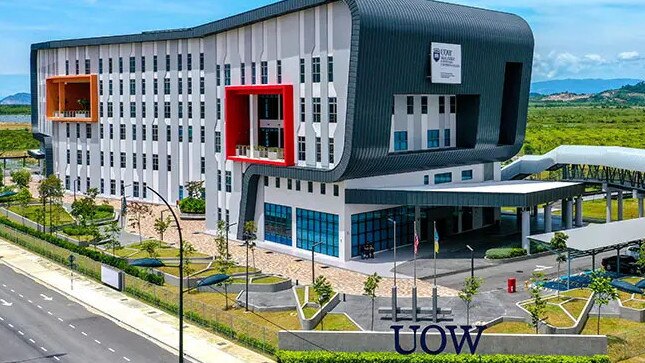Australian universities join in Malaysia’s education expansion
Several Australian universities with campuses in Malaysia are benefiting from the country’s push for more international students.

Australia’s international education sector is facing increasing competition from Malaysia, even as those Australian universities with Malaysian campuses benefit from the country’s plan to become South East Asia’s education hub.
Three of Malaysia’s ten officially approved foreign university branch campuses (FUBCs) – Monash Malaysia, Curtin Malaysia, and Swinburne University of Technology Sarawak Campus – are Australian and, additionally, the University of Wollongong runs three campuses after its recent acquisition of local colleges.
These Australian institutions are pitched to prospective international students on the Discover Education Malaysia website, an official portal launched last year to help with the South East Asian country’s official goal to achieve 250,000 international students by 2025.
High quality and affordable education, classes taught in English, and pathways to transfer to FUBCs’ home institutions or global networks, are among the major selling points that Malaysia and the universities have been spruiking to international students.
“Enrolling at a foreign branch campus in Malaysia is good value for money where despite saving up to 40 per cent on tuition fees and living costs, you will still get the same qualification as those studying at the home campus abroad,” according to an article on the Education Malaysia Global Services portal, which is overseen by the Ministry of Higher Education Malaysia.
Monash University, which set up Malaysia’s first FUBC at Selangor near Kuala Lumpur in 1998, now hosts about 8500 students with 30 per cent being international – mainly from China, Indonesia, Sri Lanka, and Bangladesh.
UOW Malaysia KDU, part of the University of Wollongong, is also on the expansion path. Vice-chancellor Patricia Davidson officially opened its new Batu Kawan campus in Penang early this month.
Official Malaysian data shows a sharp increase of international student applications to the country, from about 19,000 in 2020 to 40,000 in 2021 (up to the end of October), which exceeds the pre-pandemic level of 25,000-28,000 annually.
Malaysia now hosts over 100,000 international students from 162 countries, with its biggest inbound markets including Bangladesh, China, Indonesia, India, and Pakistan.
Monash Malaysia has been campaigning to attract more Chinese students and had stepped up its Chinese social media activities.
According to Caroline Zhao, who graduated from Monash Malaysia last year and now works as a study abroad agent to recruit Chinese students, the benefits of studying at Australian universities’ Malaysia campuses are not well enough known.
“I would recommend it as high value and low cost,” Ms Zhao said. “You get the identical degree from Monash – they sent mine straight from Australia.
“Malaysia would be quite appealing to China’s working-class families … It is also easier to get a visa. In some cases, you don’t even need to provide proof of family deposit, unlike western countries’ requirements.”
She believes “the overall wellbeing level is quite high” for international students in Malaysia, “as you can enjoy food, nature, culture, island holidays, and shopping in your spare time.”
However, Ms Zhao said she would like to visit Monash’s home campus in Melbourne “some day after the pandemic”, and “probably do a postgraduate degree in Australia”.
This reporting is supported by the Judith Neilson Institute for Journalism and Ideas and Australia Now as part of the 2022 Malaysia-Australia Reporting Fellowship.



To join the conversation, please log in. Don't have an account? Register
Join the conversation, you are commenting as Logout